
Managing Snake Encounters with Pest Control Services
Snakes, scientifically classified as Serpentes, are fascinating reptiles found across diverse habitats worldwide. These legless creatures exhibit varied habits and habitat preferences. While most snakes are harmless and play vital roles in ecosystems by controlling rodent populations, some can pose threats to humans. Venomous species like cobras and vipers have potent toxins for hunting prey.
Encounters with these snakes can result in bites that require immediate medical attention. To mitigate such risks, it’s advisable to contact professional pest control services. These experts can help manage snake populations near human settlements, ensuring safety for both humans and these remarkable creatures.
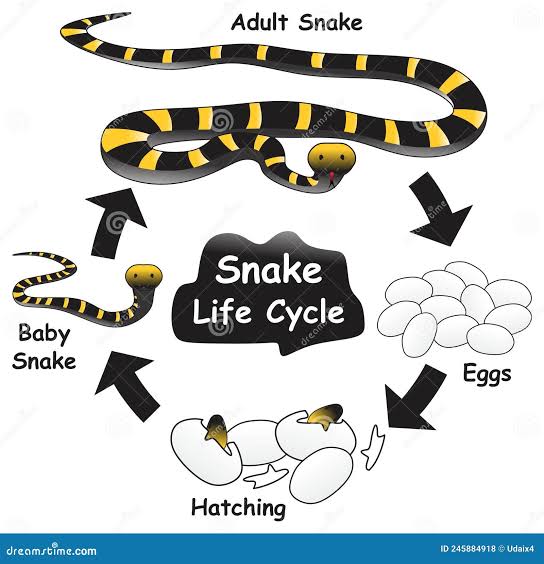
Life Cycle of Snakes
The life cycle of snakes begins as eggs, hatch into juveniles, grow into adults, and play vital roles in ecosystems as both predators and prey.
This stage is critical, as hatchlings are vulnerable to predator attacks. Adult snakes provide diligent care to ensure the safety of the hatchlings.
Significant growth is evident during this stage, and juvenile snakes may resemble adult snakes to some extent. This is also when snakes shed their skin frequently and become prepared to live independently.
In the adult stage, snakes become entirely independent, focusing on their survival and reproduction.
Types of Snakes found in UAE
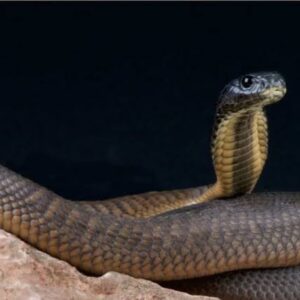
Arabian Cobra (Naja arabica)
Arabian cobras are venomous snakes that typically come in black and brown colors
They have a slender body with a distinctive hood mark on their neck. These snakes are nocturnal and primarily prey on mammals and birds.
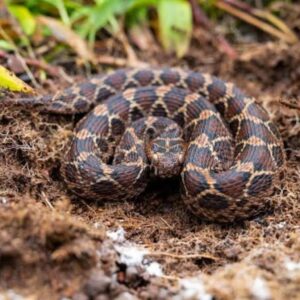
Saw-Scaled Viper (Echis carinatus)
Saw-scaled vipers are small snakes with rough scales, often appearing in shades of brown and gray.
They are highly venomous and emit a hissing sound by rubbing their scales together as a warning before attacking.
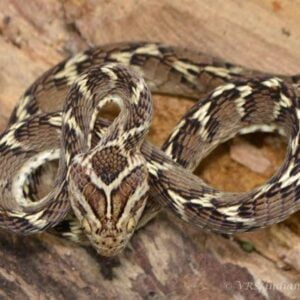
Cat Snake (Telescopus dhara)
Cat snakes have a slender body and are commonly found in beige and pale yellow colors with dark spots.
Their diet mainly consists of rodents, birds, and lizards.
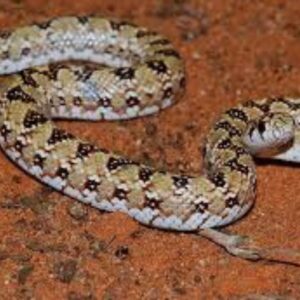
Spiny-Tailed Lizard-Eating Snake (Dipsina multimaculata)
These snakes are typically seen in shades of gray and brown with speckles or spots on their bodies.
They are specialized in hunting and consuming lizards, which earned them their name.
Dealing with Snakes in your Home or Business.
Snakes pose a significant danger to humans due to their venomous bites, which can result in severe health complications. When confronted with a snake issue, it’s crucial to seek professional assistance. In Dubai, Al Rasa Pest Control Services is your reliable partner, equipped with a team of experienced experts. They specialize in safely removing snakes from your premises, ensuring the safety of your family and property. Don’t hesitate to contact Al Rasa for prompt and effective snake control solutions. Your well-being is their top priority.
Frequently Asked Questions
Look out for signs such as shed snake skin, snake tracks, and unusual hissing sounds.
Snake bites can lead to symptoms like swelling, pain, infection, and, in severe cases, life-threatening venomous reactions, necessitating immediate medical attention.
Keep a safe distance, refrain from provoking it, and promptly contact professional pest control experts for safe removal.
Although snake bites are rare in Dubai, it’s essential to exercise caution as some venomous snakes are still found in the area.
Some facts and information about Snakes
- Snakes are carnivorous and they mostly feed on rodents, birds and other small animals.
- Snakes belong to the suborder Serpentes and are known for their distinct body shape and lack of limbs.
- Snakes shed their skin periodically as they grow. This process is known as molting.
- Snakes use their tongues to “smell” the air and detect prey or danger.

The snake's life cycle begins when a female snake lays eggs. The size and number of eggs vary depending on the species. Snakes typically lay their eggs in a warm environment, and these eggs are protected by the adult snake. The warmth of the surroundings is essential for the eggs to hatch.